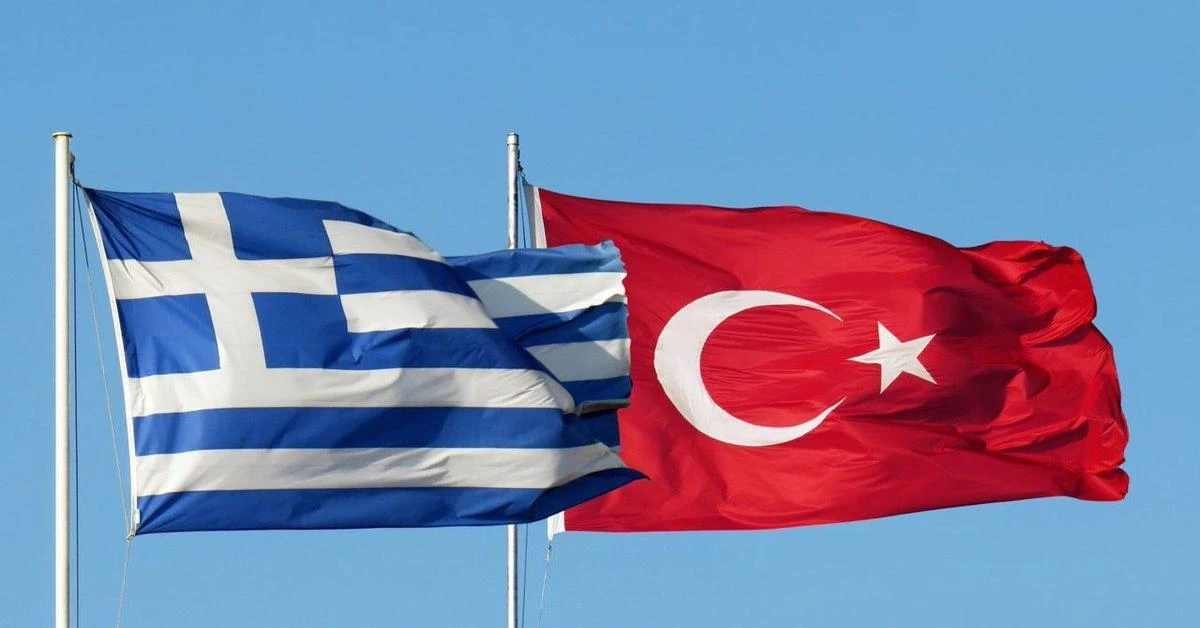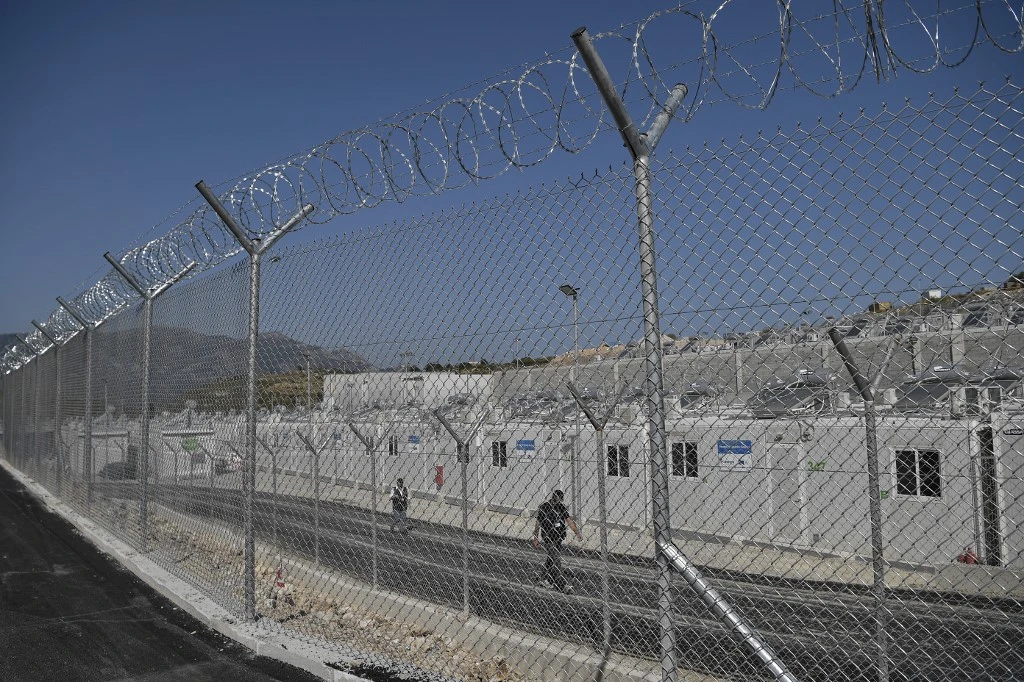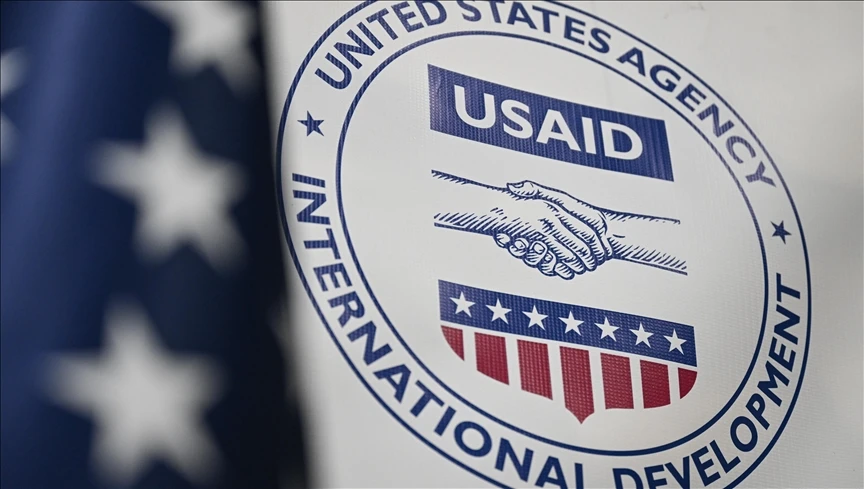Greek media skeptical of Türkiye’s KAAN fighter jet’s maiden flight

The maiden flight of Türkiye’s KAAN fighter jet sparks a guarded response from Greek media, focusing on the decadelong journey to mass production and regional implications
The maiden flight of Türkiye’s indigenous fifth-generation fighter jet KAAN on Feb. 21 has sparked a cautious response from Greek media, reflecting the regional implications of this significant development in Turkish aerospace.
Greek media outlets are closely analyzing the implications of the KAAN, which measures 21 meters (68.9 feet) in length with a wingspan of 14 meters, making Türkiye one of the few nations capable of producing fifth-generation fighter jets.
Greek analysts are particularly interested in the claims made by Turkish sources that some features of the KAAN are superior to those of the F-35 jets.
Retired General Ismail Hakki Pekin, former chief of intelligence of the Turkish General Staff, has been quoted as saying, “Once KAAN enters serial production, the Turkish Air Force will become one of the strongest in the region, surpassing Israel among others.”
Pekin’s assertion that KAAN’s capabilities are superior to those of the F-35s used by Israel and the U.S. has become a point of interest for Greek media, which is examining the potential shift in regional air power dynamics.
Significantly, Greek media is reflecting on Pekin’s remark that it will take 10 years for KAAN to enter mass production. This timeline is key in Greek analyses as it provides a window into the future of the regional military balance and the long-term nature of Türkiye’s aerospace ambitions.
Greek news reports are placing these developments in the context of Türkiye’s evolving military strategy. The reminder that Türkiye was initially part of the F-35 production program but was excluded following its purchase of the S-400 from Russia is a key point in Greek analyses.
The Greek media’s reaction to KAAN’s first flight is a blend of acknowledgment of Türkiye’s technological achievement and strategic concern about the future of military balance in the region. The coverage reflects the ongoing arms race in the Aegean and Mediterranean, where air superiority plays a critical role in national defense.
As Türkiye continues to develop the KAAN project, Greek media is expected to maintain its watchful eye, providing ongoing analysis and commentary on the potential implications for regional stability and power dynamics.
Source: Newsroom



